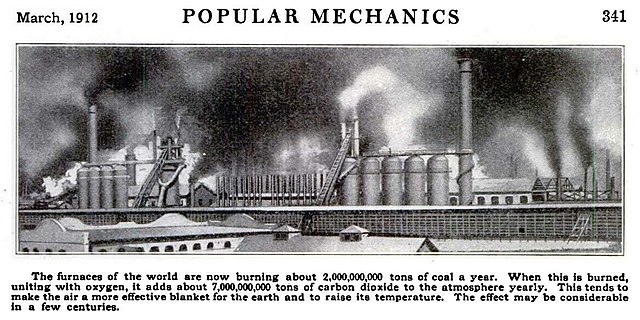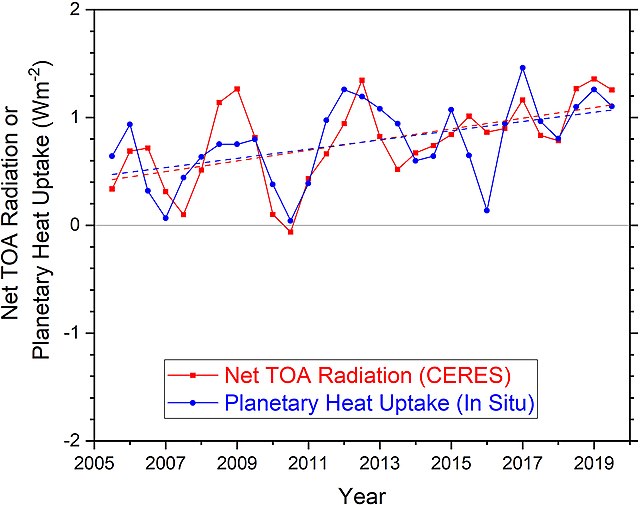Eunice Newton Foote was an American scientist, inventor, and women's rights campaigner. She was the first scientist to confirm that certain gases warm when exposed to sunlight, and that therefore rising carbon dioxide levels could increase atmospheric temperature and affect climate, a phenomenon now referred to as the Greenhouse effect. Born in Connecticut, Foote was raised in New York at the center of social and political movements of her day, such as the abolition of slavery, anti-alcohol activism, and women's rights. She attended the Troy Female Seminary and the Rensselaer School from age 17–19, gaining a broad education in scientific theory and practice.
Passport description of Foote in 1862
Troy Female Seminary, 1822
The signature page of the Declaration of Sentiments, bearing Foote's signature on the left
Foote's paper-making machine, 1864
The greenhouse effect occurs when greenhouse gases in a planet's atmosphere insulate the planet from losing heat to space, raising its surface temperature. Surface heating can happen from an internal heat source as in the case of Jupiter, or from its host star as in the case of the Earth. In the case of Earth, the Sun emits shortwave radiation (sunlight) that passes through greenhouse gases to heat the Earth's surface. In response, the Earth's surface emits longwave radiation that is mostly absorbed by greenhouse gases. The absorption of longwave radiation prevents it from reaching space, reducing the rate at which the Earth can cool off.
The greenhouse effect and its impact on climate were succinctly described in this 1912 Popular Mechanics article, accessible for reading by the general public.
Earth's rate of heating (graph) is a result of factors which include the enhanced greenhouse effect.






